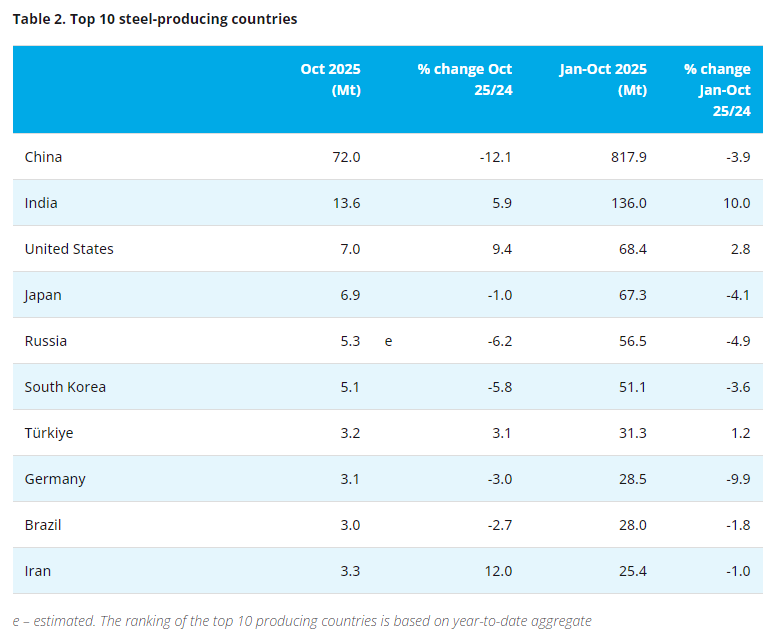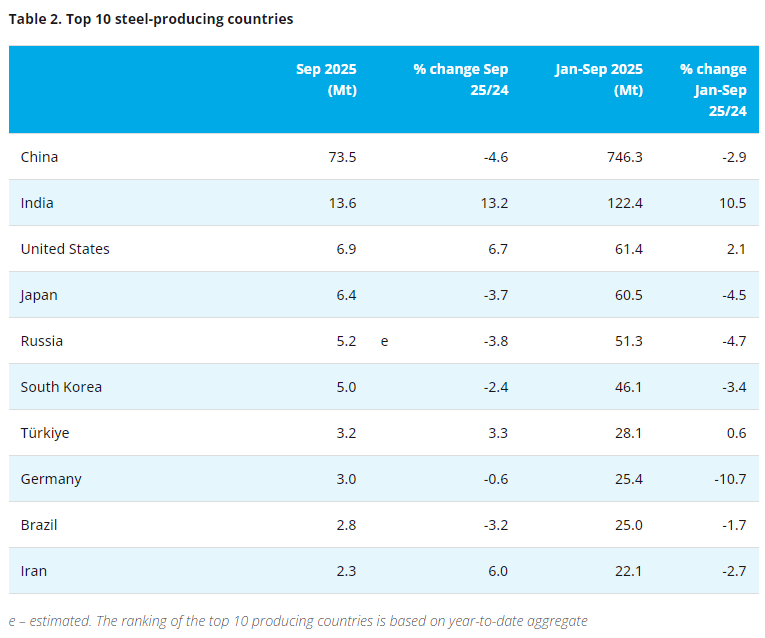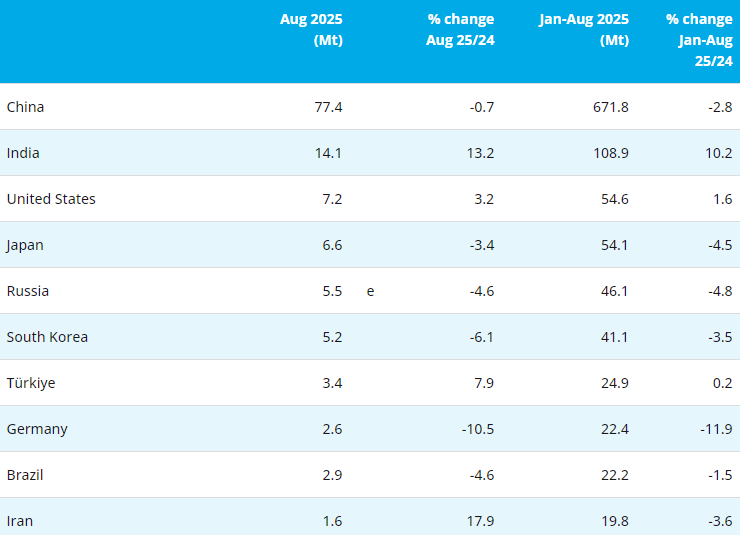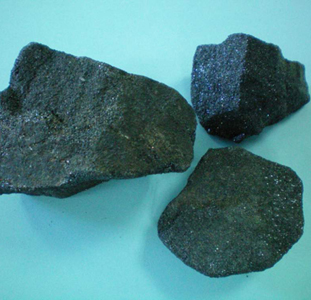Dow Corning has asked for a free trade subzone for its Midland, MI, plant. The application is being filed concurrently with Hemlock’s application for a subzone for its new Clarksville, TN, polysilicon plant (See page 6). In both applications, a majority of the primary raw material used by the Hemlock comes from the Dow Corning Midland, MI, plant and is made from silicon.
Since materials will flow between each of these facilities the FTZ applications will be considered in conjunction with one another.Dow Corning said it would accept a grant of a subzone for Midland that would prohibit the admission of foreign status silicon subject to an AD or CVD order. However, Dow Corning went on the record that equal access to the lowest cost silicon for export sales is critically necessary for its long-term global competitiveness. Dow Corning’s Kentucky subzone application was approved on Dec. 20, 2010 with that restriction.
Dow Corning’s Midland plant anticipates 90% of the silicon to be imported and 10% from domestic sources.
Dow Corning’s Midland operations purchased approximately 42,000 mt of silicon in 2010 and anticipate a growth in silicon purchases to approximately 70,000 mtpy by 2014 as recent capacity expansion projects are put into production. These figures include silicon that is purchased by Dow Corning and shipped as silicon metal, ground silicon metal or silanes to Hemlock or that is planned to be shipped to Hemlock when the Clarksville facility is operational. In 2010, Dow Corning’s Midland plant used approximately 10,000 mt of silicon for its own production needs.
Dow Corning’s annual production capacity at Midland is approximately 400,000 mt of silanes and silicones. The company anticipates an increase in total production capacity to approximately 450,000 mtpy by the end of 2011 as a result of a $240-million capital investment. Dow Corning will continue to raise capital as demand dictates and anticipates maximum production at the Midland plant of 400,000-425,000 mtpy for the foreseeable future.
The Midland plant hopes to produce approximately 400,000 mt of silanes and silicones in 2011, which will translate to a utilization rate of approximately 90% of current production capacity by yearend 2011. Utilization rates over the past few years have been as low as 45% due to the economic downturn. For the past decade, Dow Corning’s utilization rates at the subzone site have generally remained around 85% depending on the status of capacity expansion projects and the availability of silicon.
Dow Corning estimates that utilization rates for its other US manufacturing sites are similar to the utilization rates experienced at the proposed subzone.
FTZ status at the Midland site is not anticipated to negatively impact domestic silicon sourcing levels for Dow Corning’s US operations as a whole, the company believes, especially given the company’s ownership interests in all sources of domestic silicon metal supply including WVA (Globe) and DC Alabama. Dow Corning currently uses foreign-sourced material.
Dow Corning’s Midland plant anticipates 90% of the silicon to be imported and 10% from domestic sources.
Dow Corning currently exports approximately 20% of sales from the Midland, MI, silicones plant. The primary raw material imported by the Midland operation is silicon with a duty rate of 5.3%. The average duty rate of the Midland plant’s finished products is 2.8%.
Dow Corning historically has fulfilled 40-50% of its total US silicon needs with silicon purchased from domestic suppliers and that will remain in the 40-50% range in the future. Within its US production network, Dow Corning will allocate silicon metal supplies such that some production sites will receive more domestic silicon while other sites receive more foreign silicon.
According to Dow Corning’s petition to the FTZ board, FTZ status will reduce the cost of imported supplies of silicon metal for the company’s US operations, thereby providing more reliability of silicon supply throughout all US operations for all products manufactured.
Dow Corning estimates that silicone monomer production capacity in China might soon exceed 5.1-million mt. While some of these Chinese silicones will be consumed in China to meet the country’s rapidly growing demand, the rest will be exported to meet demand elsewhere.
Dow Corning’s application says that its silicones business is increasingly vulnerable to foreign competition. New silicone producers coming on line, specifically within China, and their access to low-cost raw materials serve as a direct threat to Dow Corning’s US operations.
Growing competition in China
Based on public announcements Dow Corning estimates that silicone monomer production capacity in China might soon exceed 5.1-million mt. Some experts estimate that Chinese siloxane production may increase to reach 30% or more of worldwide production by 2015, and by 2012, China may become a net exporter of silicones. In 2009, China produced 210-million mt of silicone/siloxane representing 17% of total worldwide production.
The company said that the significant expansion of Chinese silicone production capacity that utilizes lower cost raw materials is driving down global silicone prices and intensifying competition. At the same time that Dow Corning’s US export opportunities are jeopardized by foreign competition (primarily of Asian origins), the company’s US segment share also is constrained by a mature market that offers marginal opportunity for growth as well as increasing displacement from silicone imports. Given increasing Chinese competition and the overall restriction on growth in the US, the potential long-term negative impact to Dow Corning’s US operations could be substantial.
Subzone designation with manufacturing authority will allow Dow Corning’s US operations to be bolstered by the duty savings and logistics benefits of FTZ status. Dow Corning intends to utilize zone-to-zone transfers between all of the subzone sites (Dow Corning Kentucky, Dow Corning Midland, Hemlock in Hemlock, and Hemlock Semiconductor in Clarksville).
If the Midland plant is not competitive in the global market it will experience losses in global market share and Dow Corning may not be able to maintain the scope of its current US operations.
The explosive growth of silicone production capacity in China will profoundly affect the Midland plant’s ability to compete in both foreign and domestic markets. These new and expanded Chinese silicone production plants have unrestricted access to increasing volumes of low-cost silicon metal from China.
Due to the US dumping duties on Chinese and Russian silicon, the Midland plant is placed at a substantial cost disadvantage when competing in the global marketplace.
Competition with all foreign producers—related or not—is expected to increase dramatically now that the Dow Corning/Wacker joint venture basic plant in China is operational and multiple other unrelated silicone production plants are ramping up in China. The Dow Corning/Wacker plant in China processes silicon and makes silicone-based products that compete with products made in Michigan and Kentucky. These Chinese products are comprised of low-cost raw silicon (primarily of Chinese origin) that is not subject to AD duties, as well as other lower-cost inputs. When combined with the overall lower costs of manufacturing in China as compared to the US, Dow Corning’s Michigan and Kentucky operations are at a significant competitive disadvantage to the sister plant in China.
In addition, Dow Corning and Wacker will continue to independently serve their own customers via the construction and operation of separate Chinese manufacturing facilities for finished products, which will add another layer of competition for the Michigan and Kentucky operations. Without FTZ benefits, the proposed subzone site in Midland may be unable to compete with Chinese facilities for export sales on the basis of cost and therefore will experience erosion of market share and exports from the US, the company told the FTC.
Dow Corning’s Midland operations also compete with the company’s Barry, Wales, plant for sales in growing export markets including rubber, alkyl methyl fluids, paper coatings, aminopolymers, and methyl-hydrogen siloxanes. Unlike in the US where AD duties are charged on imported Chinese and Russian silicon, with no opportunity for refund if the material is subsequently re-exported, some foreign governments do not impose any tariff sanctions on low-cost Chinese and Russian silicon or offer strategies that encourage use of these materials for export processing.
EU silicone producers’ access to Si
As of Dec. 25, 2008 when the EU’s AD measure on imported Russian silicon expired, silicone producers in the EU, including Dow Corning’s Barry, Wales, facility, can import Russian silicon metal without AD tariff sanctions for import or export. EU silicone producers can also import Chinese silicon under export processing privileges and therefore be eligible for AD duty avoidance on exports. This allows the Barry plant and other European manufacturers to compete for global sales and thereby maintain a distinct advantage over the Midland plant.
Dow Corning primarily supplies Asian customers with silicone produced at the Barry facility instead of the Midland plant due to the export processing advantages that the Barry facility enjoys. It is estimated that the Barry location exports approximately 60-70% of its intermediate materials out of the EU whereas the Midland location only exports approximately 20% of total production.
EU silicone producers, specifically Germany, now have unrestricted access to Russian silicon for both consumption and export production. The EU recently completed a review of the antidumping duties it imposes on silicon imported from China and Korea and in May 2010 found that those antidumping should remain in effect. However, EU lowered its AD duties from 49% to 19% as a result of the expiry review, which means that it is now less costly for manufacturers to use silicon subject to AD for production of silicones for consumption in the EU. Notably however, there is no restriction at all on the ability to access silicon subject to AD for export production.
Japan, China, and Korea all have the production capabilities that directly compete with the Midland facility and have unrestricted access to low-cost silicon. Japan is already a net exporter of silicones produced using low-cost metal, and based on production announcements compared to market growth, both China and Korea may become net exporters of silicones by 2012.
Since nearly all of Dow Corning’s primary competitors have been given FTZ manufacturing authority, granting access to Dow Corning generally will place the company closer to a level playing field with its US competitors and improve its ability to compete with foreign producers for global market share. MPM Silicones was granted FTZ manufacturing authority including permission to admit foreign silicon metal subject to AD/CVD until 2013.
In the US, Globe and DC Alabama are the only producers of silicon, with Globe being the largest with an estimated annual capacity of approximately 115,000 mt. Dow Corning’s largest domestic silicon supplier historically has been Globe and will continue to be Globe, especially given the 49% acquisition of WVA in Alloy, WV. Even after Dow Corning acquired DC Alabama in 2003, the company’s silicon purchases from Globe’s Alloy, WV, plant have been significant and are expected to remain significant (at least 49%) in future years.
Globe favored as supplier
Dow Corning has no intention to reduce or cease purchases from Globe as a result of FTZ status but instead cemented its relationship with Globe through the WVA joint venture, Dow Corning told the agency. In fact, transit time and transportation cost factors favor Globe as a domestic supplier over foreign suppliers for domestic sales. FTZ status will not serve to displace Globe or DC Alabama as suppliers but will instead allow Dow Corning to expand and ensure total supply. Export production will be more cost competitive due to the ability to eliminate US duties on imported silicon that is ultimately exported after further production in the US.
Dow Corning estimates FTZ-related savings will be approximately $2.5- to $2.9-million annually for the Midland site. These savings include duty deferral, duty reduction through inverted tariffs, and logistics benefits associated with direct delivery and weekly entry. Dow Corning estimates the breakdown of its FTZ savings to be: inverted tariff, 55-60%; logistical/paperwork, 5%; exports, 15-20%; duty deferral, 10%; and scrap/waste, 10%.
Copyright © 2013 Ferro-Alloys.Com. All Rights Reserved. Without permission, any unit and individual shall not copy or reprint!
- [Editor:editor]



 Save
Save Print
Print Daily News
Daily News Research
Research Magazine
Magazine Company Database
Company Database Customized Database
Customized Database Conferences
Conferences Advertisement
Advertisement Trade
Trade















Tell Us What You Think